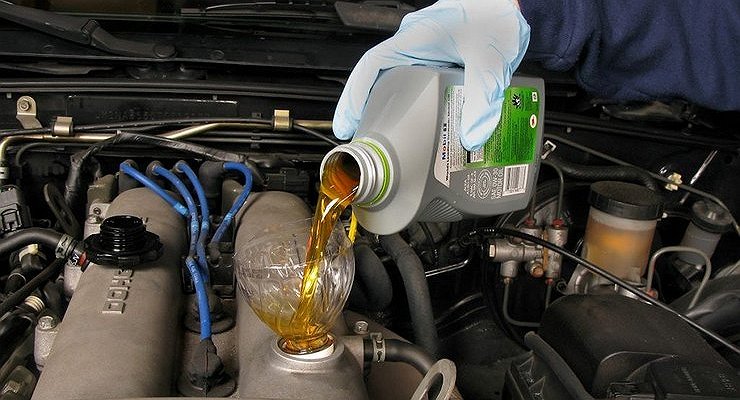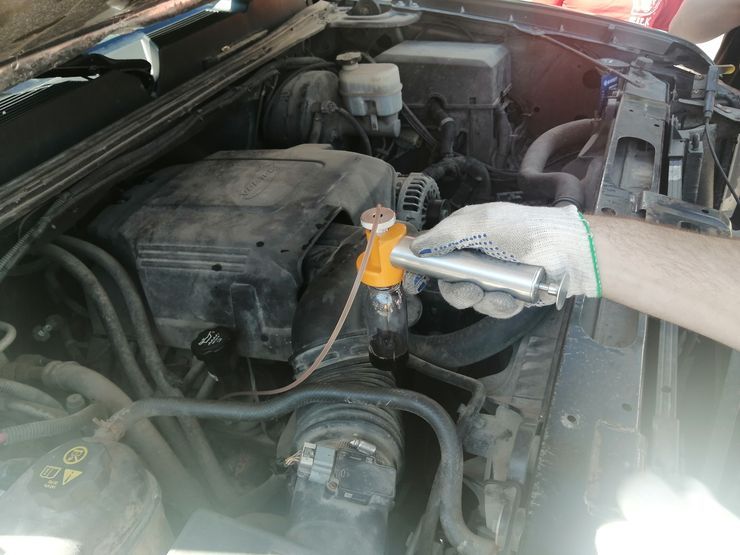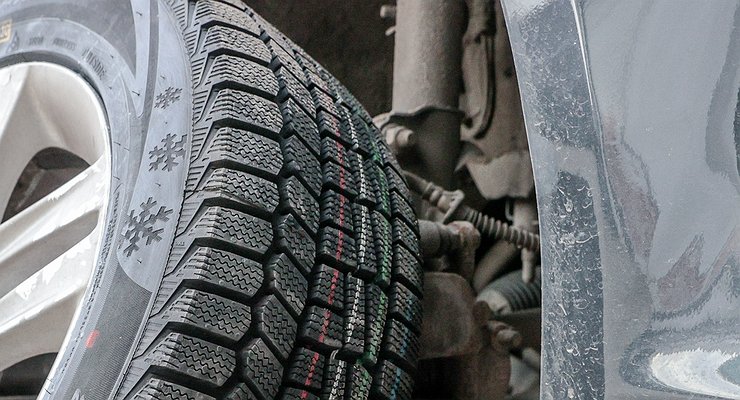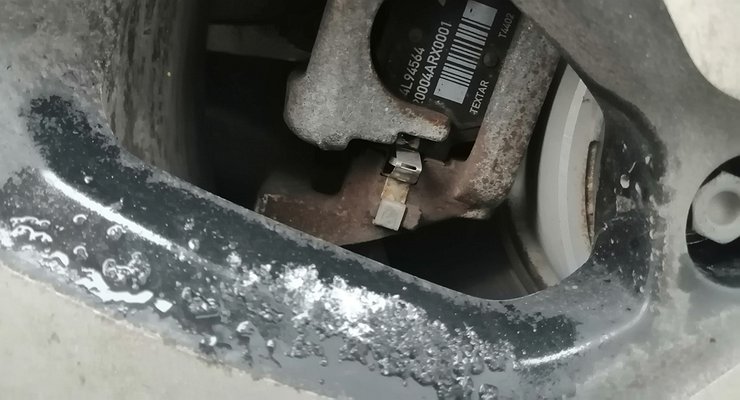In the engines of many cars, especially Korean ones, wear appears in the cylinders over time. This gradually brings the unit to a major overhaul. There are many reasons for the appearance of “scratches”. One is filling the oil with the wrong viscosity. About whether the lubricant can become the culprit of serious problems, the AvtoVzglyad portal tells.
In a document such as GOST R54120–2010 “Automotive engines. Starting qualities ”it is written that a petrol engine is formally only allowed to start up to a temperature of 20 degrees below zero, and a diesel engine only to 10 degrees. It turns out that everything below is abnormal operating conditions. That is, no one guarantees startup and regular operation, for example, at -25 degrees.
However, few adhere to these guidelines. Most drivers continue to drive and only change consumables. At the same time, some use more versatile lubricants all year round – 5W30 or 5W40, others switch to 0W20. And once in the diagnostics, it turns out that the engine has a badass. And when asked how it happened, the military says that the fault, they say, is oil with “improper viscosity.”
The fact is that during a cold start in severe frosts, too viscous lubricant does not allow the starter to turn the crankshaft, and it is difficult for the pump to pump the “liquid”. So the smaller the first number in the designation, the less engine wear in the first seconds after launch. It turns out that if you fill in 5W40, the risk of wear in frost increases.
But at high temperatures (when the “heart” of the car has warmed up), the picture changes. Too viscous oil protects parts from wear, because the thickness of the protective film is sufficient. But at the same time, the thicker the layer, the worse the heat is dissipated from the piston. As a result, the parts begin to overheat and expand. Friction increases, which increases the risk of chafing. In the worst case, it will crash.
To minimize the risk of “scratches” in the engine, warm up the car in winter. Even if the manual says otherwise. Drive slowly for the first few minutes of the ride and avoid sudden acceleration and braking. And when choosing an oil, look not only at the SAE classification, but also at the manufacturer’s recommendations, as well as quality groups (SM, SN, etc.). For example, you do not need to pour “sixty” into the unit of an old passenger car: you will lose not only power, but also the engine.
In a document such as GOST R54120–2010 “Automotive engines. Starting qualities ”it is written that a petrol engine is formally only allowed to start up to a temperature of 20 degrees below zero, and a diesel engine only to 10 degrees. It turns out that everything below is abnormal operating conditions. That is, no one guarantees startup and regular operation, for example, at -25 degrees.
However, few adhere to these guidelines. Most drivers continue to drive and only change consumables. At the same time, some use more versatile lubricants all year round – 5W30 or 5W40, others switch to 0W20. And once in the diagnostics, it turns out that the engine has a badass. And when asked how it happened, the military says that the fault, they say, is oil with “improper viscosity.”
The fact is that during a cold start in severe frosts, too viscous lubricant does not allow the starter to turn the crankshaft, and it is difficult for the pump to pump the “liquid”. So the smaller the first number in the designation, the less engine wear in the first seconds after launch. It turns out that if you fill in 5W40, the risk of wear in frost increases.
But at high temperatures (when the “heart” of the car has warmed up), the picture changes. Too viscous oil protects parts from wear, because the thickness of the protective film is sufficient. But at the same time, the thicker the layer, the worse the heat is dissipated from the piston. As a result, the parts begin to overheat and expand. Friction increases, which increases the risk of chafing. In the worst case, it will crash.
To minimize the risk of “scratches” in the engine, warm up the car in winter. Even if the manual says otherwise. Drive slowly for the first few minutes of the ride and avoid sudden acceleration and braking. And when choosing an oil, look not only at the SAE classification, but also at the manufacturer’s recommendations, as well as quality groups (SM, SN, etc.). For example, you do not need to pour “sixty” into the unit of an old passenger car: you will lose not only power, but also the engine.
Source: Avto Vzglyad
Donald Salinas is an experienced automobile journalist and writer for Div Bracket. He brings his readers the latest news and developments from the world of automobiles, offering a unique and knowledgeable perspective on the latest trends and innovations in the automotive industry.














